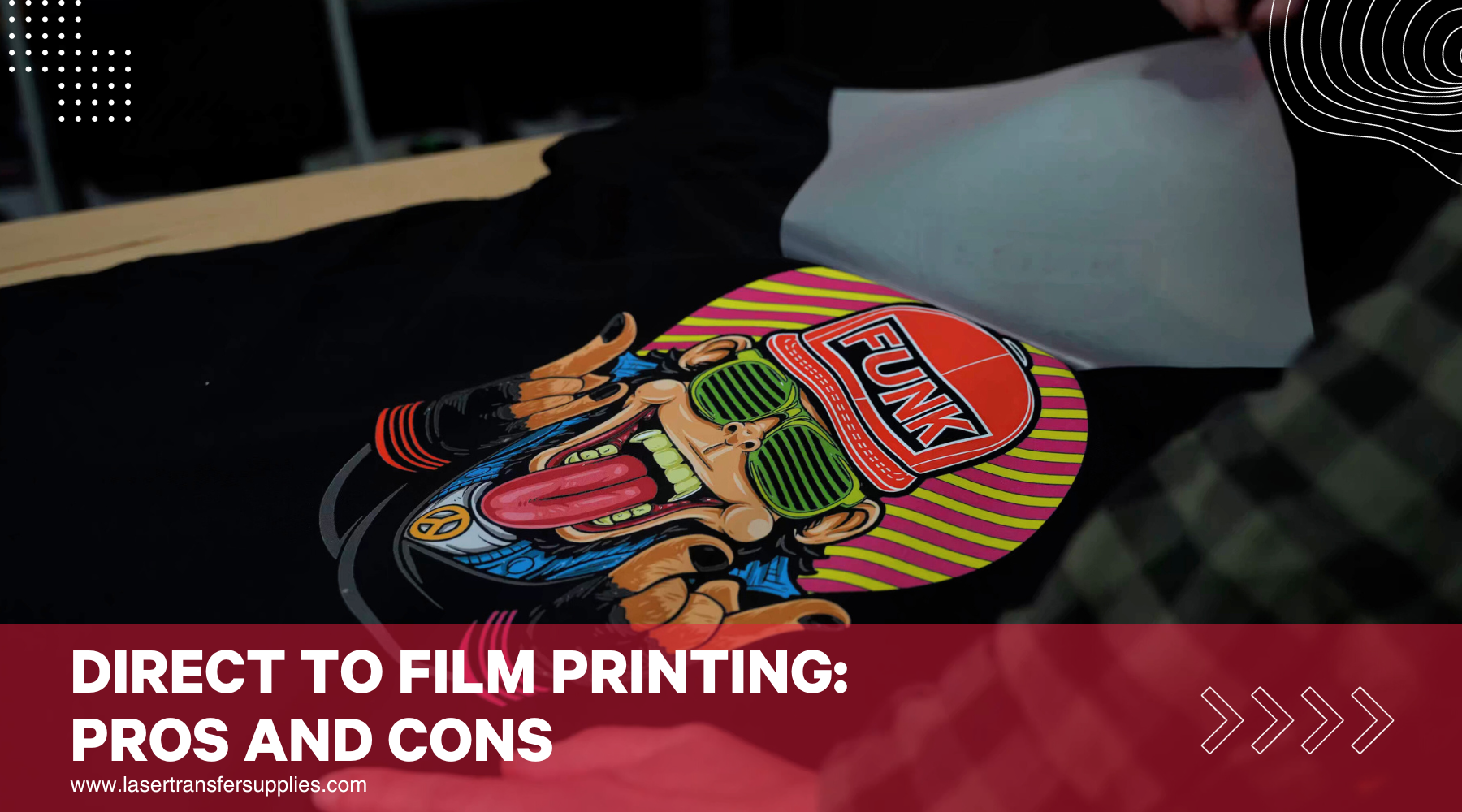DTF Printing Mastery: Raise Your Fabric Creations with Direct-to-Film Technology
DTF Printing Mastery: Raise Your Fabric Creations with Direct-to-Film Technology
Blog Article
Mastering DTF Printing: Idea for Getting Vibrant and Resilient Prints
On the planet of textile printing, accomplishing vibrant and resilient prints is a desired skill that can elevate the top quality of your output. Grasping DTF (Straight to Movie) printing requires a blend of technological knowledge, precision, and interest to information. From selecting the best products to tweak print setups and improving post-printing finishing methods, there are many variables that can influence the outcome of your prints. Comprehending exactly how to browse these details can make all the difference between a mediocre result and a genuinely remarkable one.

DTF Printing Essentials
For those new to the globe of fabric printing, comprehending the basics of DTF printing is essential to mastering this cutting-edge strategy. Straight to Film (DTF) printing is a modern approach that includes transferring layouts from an unique film onto numerous fabrics using a warmth press. Unlike standard methods like display printing, DTF uses advantages such as vivid colors, intricate describing, and the capability to publish on diverse products like cotton, polyester, and blends.
The procedure begins by publishing the design on an unique DTF film making use of a compatible printer with CMYK or CMYKW ink collections. When the design is published, it is then healed with a warm press to create a durable and durable print. DTF printing is known for its capability to recreate intricate styles with high accuracy and color precision, making it a prominent choice for organizations wanting to develop custom clothing, advertising products, and more.
Selecting the Right Products

Similarly essential is the choice of the sticky powder. The sticky powder functions as a bonding representative between the published design and the fabric, so it must have solid attachment homes to guarantee a long-lasting and durable transfer. Various textiles may require different kinds of sticky powders, so it is important to match the powder to the material type this hyperlink for optimum outcomes - DTF Printing. By thoroughly choosing the right products for DTF printing, printers can improve the quality, vibrancy, and long life of their prints.
Enhancing Print Setups
When intending to achieve the ideal results in DTF printing, careful attention to maximizing print setups is critical for guaranteeing exact and high-grade transfers onto fabrics. One key aspect to think about when maximizing print setups is the resolution.
While enhancing the rate can improve efficiency, it might endanger the last print's clarity and color saturation. Trying out with various rates and observing the results can help establish the ideal setup for each print task.
Additionally, fine-tuning color accounts and making sure correct shade administration are important for accomplishing accurate and consistent colors throughout various prints. By adjusting shade setups and profiles, printers can reduce shade deviations and produce consistent outcomes, boosting the overall print top quality and consumer satisfaction.
Preparing Artwork for DTF Printing
Transform the artwork to CMYK color mode to make sure that the site shades equate properly from display to print. Bear in mind to mirror the last style prior to printing to make certain that it transfers correctly onto the garment. By adhering to these actions and paying close focus to the information, you can prepare artwork that is maximized for dynamic and sturdy DTF prints.
Post-Printing Finishing Techniques
Applying efficient post-printing finishing additional hints techniques is important to improving the longevity and aesthetic charm of DTF prints on fabrics. Once the printing procedure is total, applying heat to the published design is vital (DTF Printing). Heat not just help in healing the ink however likewise guarantees that the shades are durable and dynamic. A warm press device established at the suggested temperature level and stress settings can aid attain optimal results.
Once the film is eliminated, the print might call for additional curing time to additionally set the ink right into the fabric. This action helps boost the washability and resilience of the print, ensuring it can hold up against multiple clean cycles without fading or cracking.
In addition, cutting any excess movie around the style can provide the last print a professional and tidy look. Making the effort to effectively end up DTF prints post-printing can considerably affect the overall high quality and long life of the textile layout.

Verdict
To conclude, grasping DTF printing requires an extensive understanding of the fundamentals, picking suitable products, maximizing print setups, preparing art work properly, and making use of post-printing finishing strategies. By adhering to these tricks and pointers, one can attain sturdy and vibrant prints that fulfill their desired top quality requirements. Regular technique and interest to detail are essential in attaining successful outcomes in DTF printing.
From choosing the best materials to adjust print setups and improving post-printing ending up techniques, there are countless variables that can affect the end result of your prints. Unlike typical approaches like display printing, DTF supplies benefits such as vivid colors, detailed detailing, and the ability to publish on varied products like cotton, polyester, and blends.
As soon as the style is printed, it is after that cured with a warmth press to develop a long lasting and durable print.When aiming to achieve the finest results in DTF printing, careful focus to maximizing print settings is important for making sure top notch and exact transfers onto textiles.In verdict, understanding DTF printing needs a complete understanding of the basics, choosing proper materials, enhancing print settings, preparing art work successfully, and making use of post-printing ending up strategies.
Report this page